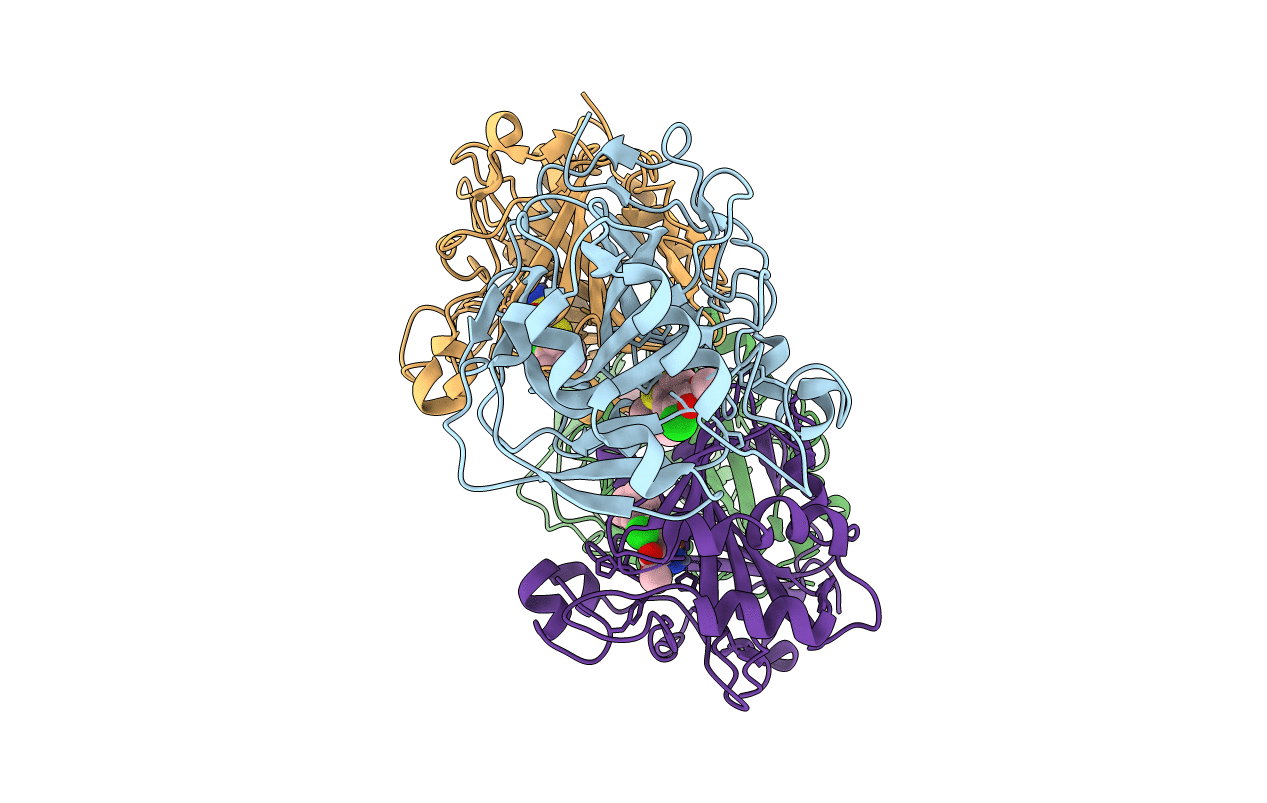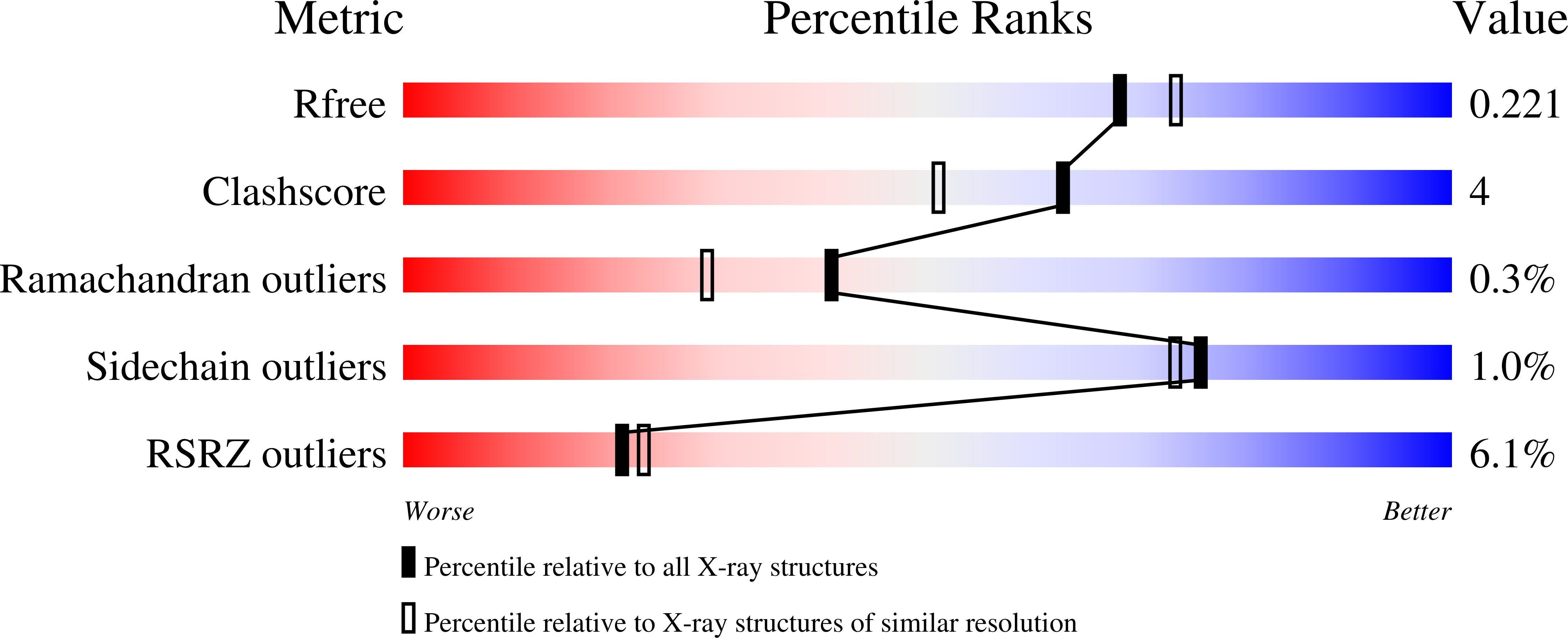
Deposition Date
2021-09-09
Release Date
2022-01-12
Last Version Date
2024-10-09
Entry Detail
PDB ID:
7POM
Keywords:
Title:
Three dimensional structure of human carbonic anhydrase IX in complex with sulfonamide
Biological Source:
Source Organism:
Homo sapiens (Taxon ID: 9606)
Host Organism:
Method Details:
Experimental Method:
Resolution:
1.98 Å
R-Value Free:
0.21
R-Value Work:
0.17
R-Value Observed:
0.17
Space Group:
H 3


